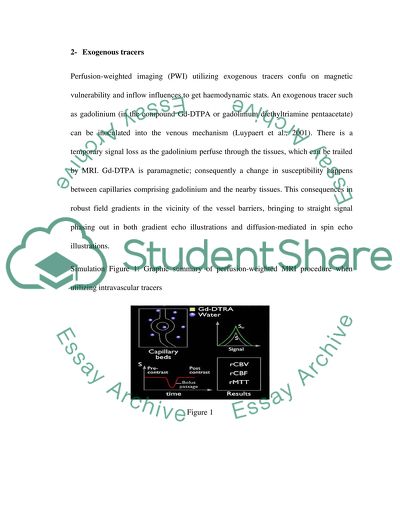Cite this document
(“Perfusion-weighted imaging (PW) MRI (magnetic resonance imaging) Essay”, n.d.)
Perfusion-weighted imaging (PW) MRI (magnetic resonance imaging) Essay. Retrieved from https://studentshare.org/physics/1476310-perfusion-weighted-imaging-pw-mri-magnetic
Perfusion-weighted imaging (PW) MRI (magnetic resonance imaging) Essay. Retrieved from https://studentshare.org/physics/1476310-perfusion-weighted-imaging-pw-mri-magnetic
(Perfusion-Weighted Imaging (PW) MRI (magnetic Resonance Imaging) Essay)
Perfusion-Weighted Imaging (PW) MRI (magnetic Resonance Imaging) Essay. https://studentshare.org/physics/1476310-perfusion-weighted-imaging-pw-mri-magnetic.
Perfusion-Weighted Imaging (PW) MRI (magnetic Resonance Imaging) Essay. https://studentshare.org/physics/1476310-perfusion-weighted-imaging-pw-mri-magnetic.
“Perfusion-Weighted Imaging (PW) MRI (magnetic Resonance Imaging) Essay”, n.d. https://studentshare.org/physics/1476310-perfusion-weighted-imaging-pw-mri-magnetic.


